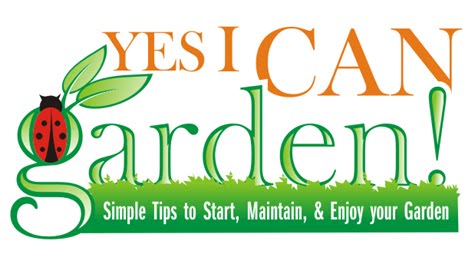Check with the landlord, board of directors, or owner, before beginning any work on the project. By adding structures that increase the height of the building, you may face problems from the neighbours and be breaking city bylaws. Make sure to research this before adding any permanent structures to the roof. Perhaps the most important thing to do is to consult with an expert about weight loads for the roof—make sure the expert (engineer or architect) is certified, and a member in good standing with his or her professional organization. If you plan on creating a large-scale rooftop garden, with topsoil as well as lawn, trees and features such as fountains, then the planning stage will be more involved. You will need a great deal of topsoil to make sure that root systems can anchor the larger trees and shrubs, and so that trees will not be uprooted by the wind.
In most rooftop gardens, however, you will find large containers filled with trees, shrubs, perennials, and annuals. Most condominiums will already have some sort of budget set up for landscaping. See if this can be expanded to include expenses for the garden, or else donations (either of goods or cash) can be collected for items such as patio furniture, tables, seating such as benches, new plants and containers, and upkeep.
Whether you are undertaking a full-scale garden project or a smaller rooftop garden, it is crucial to check that waterproofing and drainage are adequate so that no problems occur with water infiltration in the building, particularly in the rooms directly below the rooftop garden. Because rooftop gardens are exposed to the elements (and to more wind than the typical garden may be), it is important to keep sun and wind exposure in mind when you are planning and setting up your rooftop garden. Consider a mixture of evergreens, deciduous trees, climbing plants with trellises, flowering plants, and shrubs. Make sure that the routine for care and maintenance of the rooftop garden is well planned as well, whether this involves a gardening committee, a private company, or individuals hired to come and work in the garden on a regular basis.






























